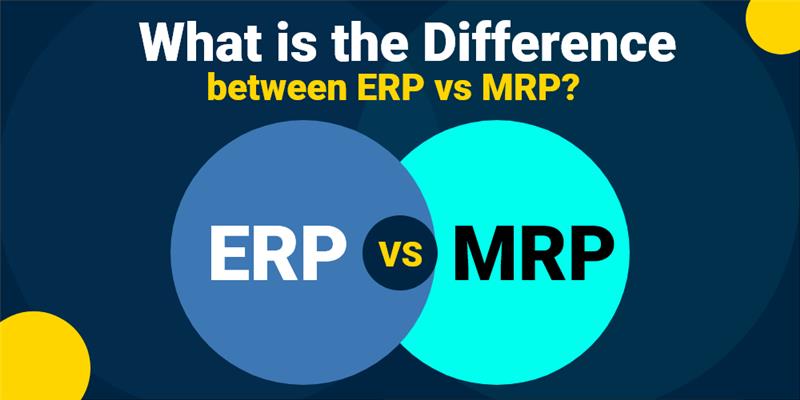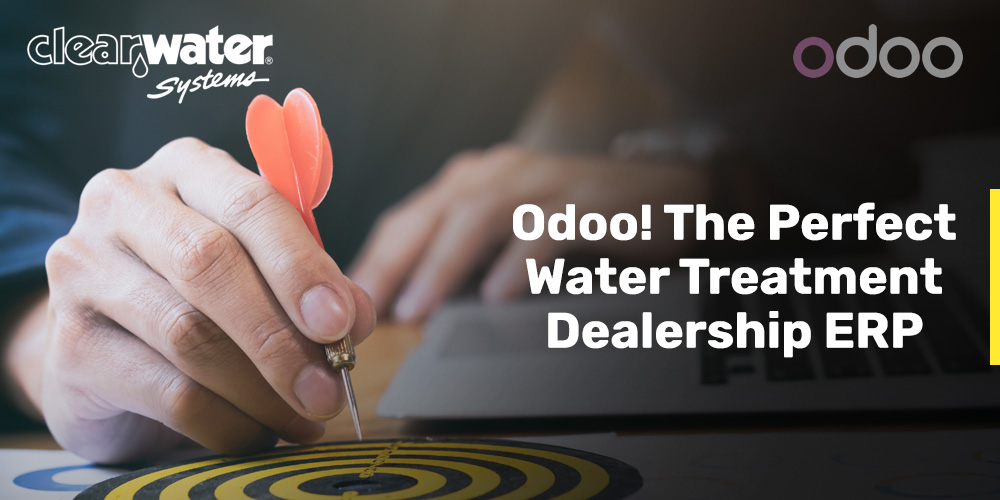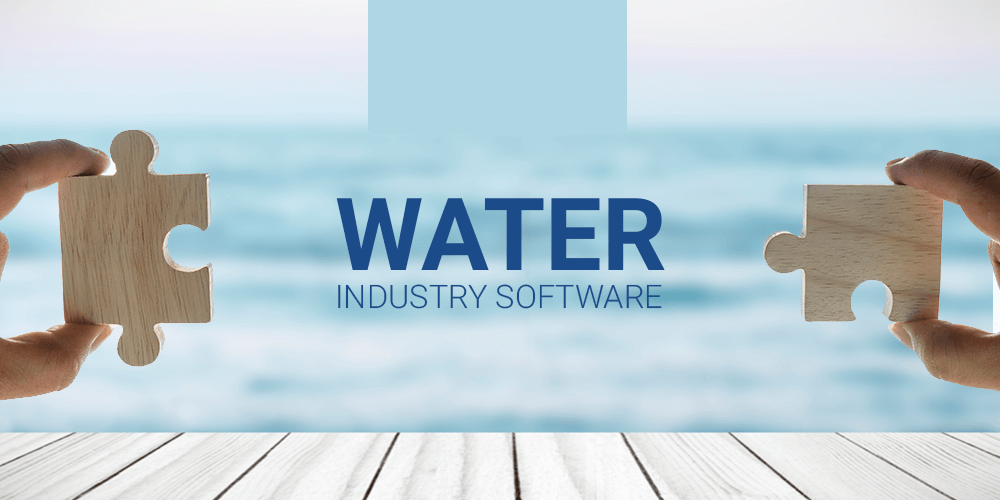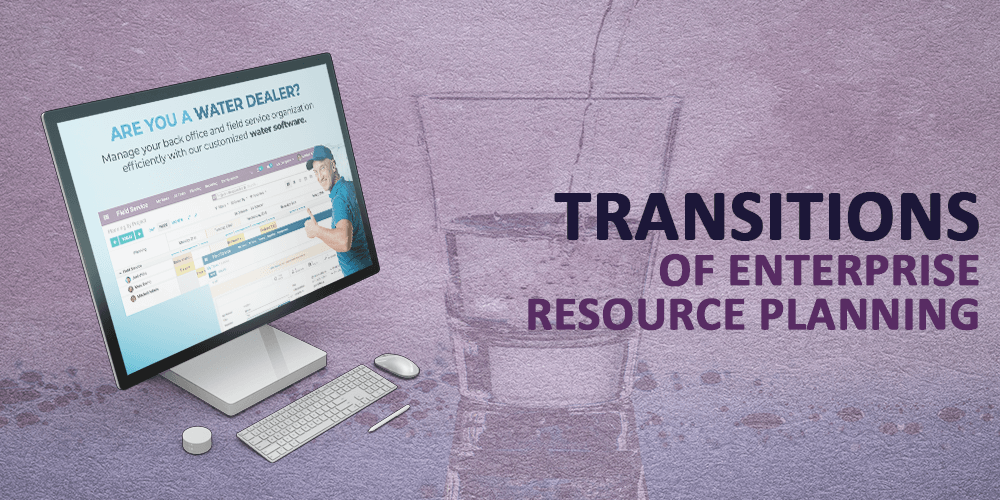ERP vs. MRP:
Two acronyms frequently appear in business software solutions: ERP (Enterprise Resource Planning) and MRP (Material Requirements Planning). These systems are essential for managing resources, yet they serve different purposes and cater to various aspects of a business. This concise blog will explore the fundamental differences between ERP and MRP and how they can benefit organizations.
Enterprise Resource Planning (ERP)
ERP is a comprehensive software system that integrates multiple business processes into a single platform. These processes encompass finance, human resources, supply chain management, customer relationship management, manufacturing and more.
Key Features:
- Integration: ERP streamlines all aspects of a business, allowing different departments to access and share information seamlessly, reducing data duplication.
- Real-time Data: ERP provides real-time data, enabling quick decision-making, which is particularly beneficial for financial reporting and inventory management.
- Scalability: Highly scalable, ERP adapts to the needs of small businesses and large enterprises, expanding to accommodate new processes.
- Comprehensive Reporting: ERP offers robust reporting and analytics, facilitating performance monitoring.
- Cross-Functional: ERP spans various departments, making it ideal for organizations with diverse needs.
Material Requirements Planning (MRP)
MRP is a system focused on managing materials required for production. It helps organizations determine material needs, when they are needed, and in what quantities, primarily crucial in manufacturing and production.
Key Features:
- Inventory Management: MRP tracks inventory levels and generates purchase or production orders to maintain optimal inventory levels.
- BOM (Bill of Materials): MRP relies on a Bill of Materials, ensuring the right materials are available for production.
- Production Scheduling: MRP schedules production based on material availability, ensuring efficient processes.
- Demand Forecasting: MRP uses historical data and demand forecasts for accurate material planning.
- Material Tracking: MRP tracks material movement within the organization, providing supply chain visibility.
Key Differences:
- Scope: ERP covers a wide range of business functions, while MRP focuses primarily on materials and production.
- Integration: ERP integrates various functions, whereas MRP primarily integrates materials, production, and inventory management.
- Applicability: ERP suits diverse industries, including service-oriented businesses, while MRP is mainly used in manufacturing.
- Real-time Data: ERP provides real-time data across all functions, whereas MRP primarily focuses on real-time material and production data.
- Comprehensive Reporting: ERP offers extensive reporting, including financial and customer-related reports, while MRP provides reports related to material and production management.
- Scalability: RP systems are highly scalable; MRP systems may need additional modules or integration with an ERP system as a company expands.
Odoo MRP:
For businesses heavily invested in manufacturing and production, Odoo offers a robust MRP module as part of its comprehensive ERP suite. Odoo MRP assists in optimizing material planning, production processes, and inventory management, making it an excellent choice for companies in these industries.
Comstar USA, Odoo ERP Partner:
If you’re considering implementing Odoo ERP or its MRP module, Comstar USA, an Odoo Partner, can provide expert guidance and support to help you seamlessly integrate and customize Odoo for your business needs.
In summary, the choice between ERP and MRP depends on an organization’s needs. Companies looking to streamline operations and enhance collaboration across functions should opt for ERP. Those heavily invested in manufacturing may find MRP more suitable for optimizing material and production management. In some cases, businesses may implement both systems to leverage their unique advantages, depending on their requirements.








